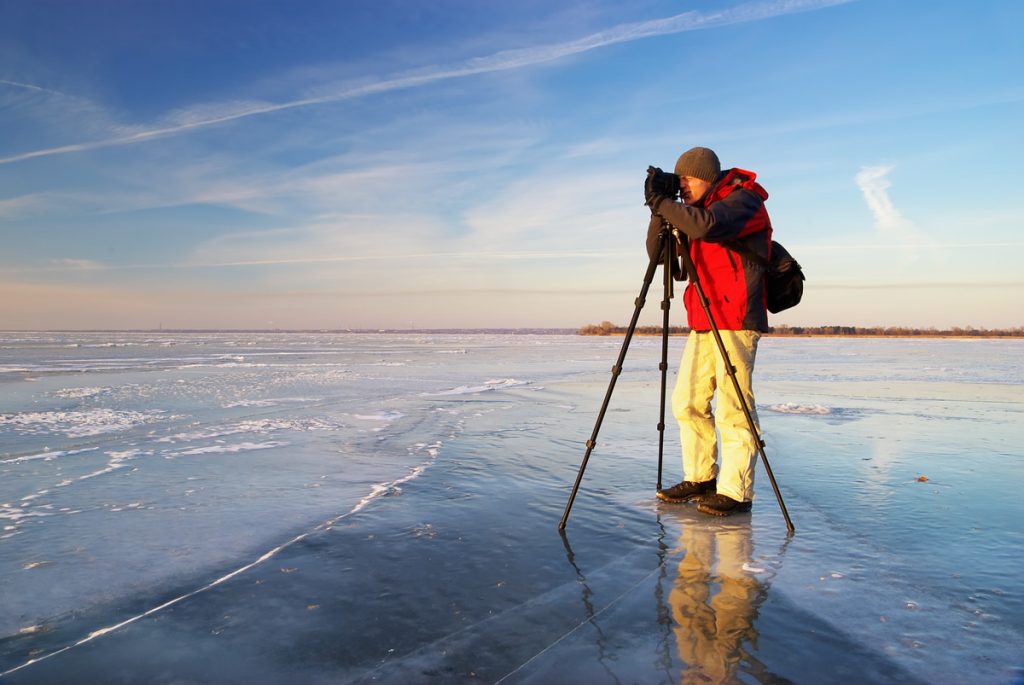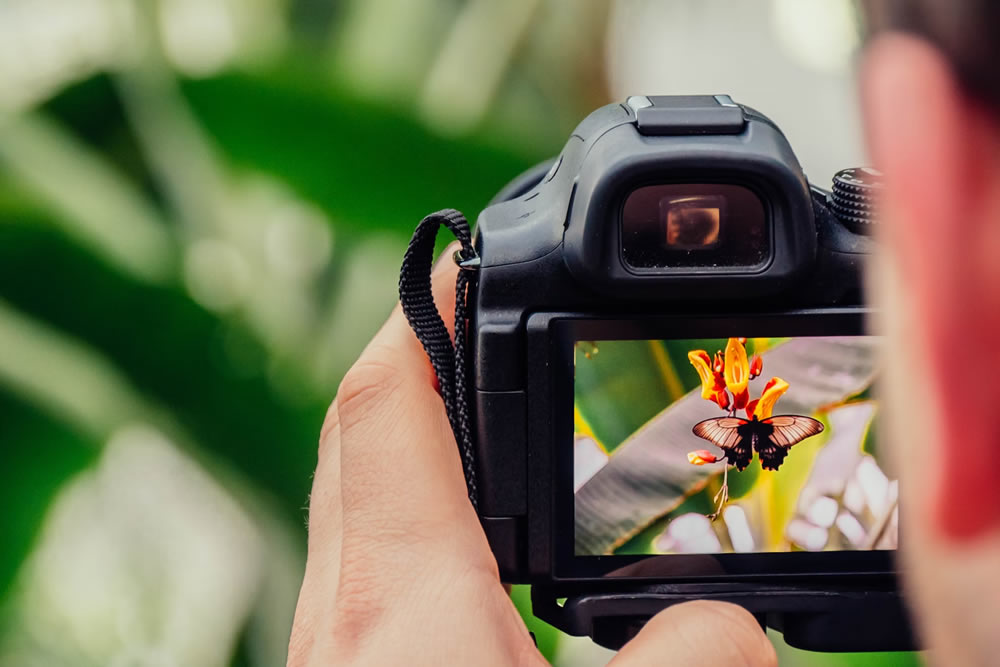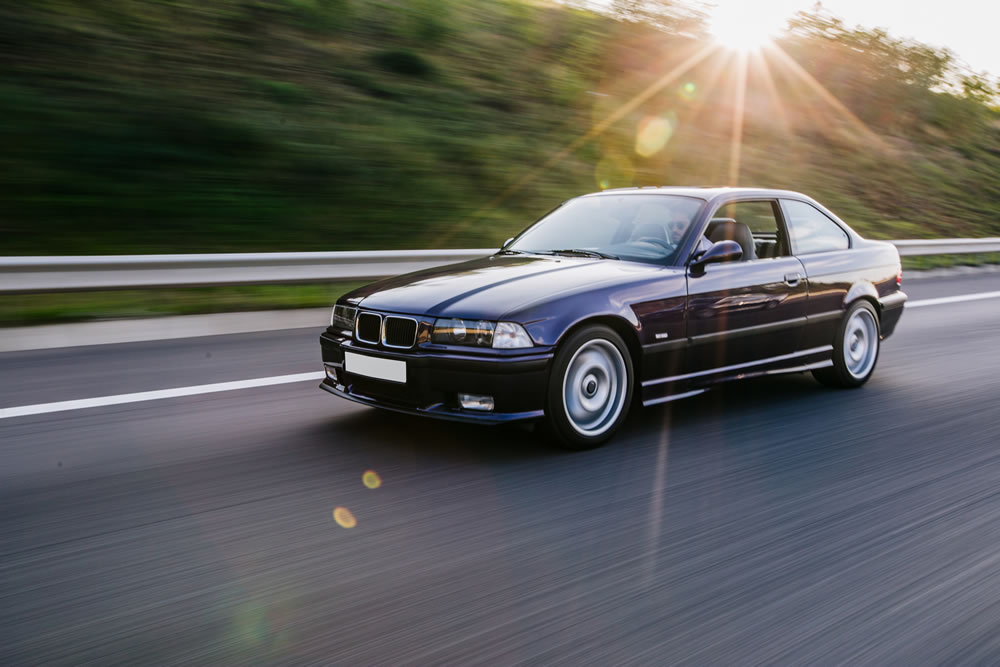In photography, every genre has its own set of rules and guidelines that help artists streamline their work and make it more appealing to the viewer. For instance, in portraiture, studio-level lighting, smooth and sharp textures, and ultra-creamy background blur is almost always a must. Yet in landscape photography, the rules are a bit different.
Getting that one perfect shot usually requires lots of preparations before you actually go outside and take the photograph. On top of that, the majority of landscape photographers also use various post-processing tools and pieces of software to further improve their images, although there’s also a strong branch of “purist” photographers who strictly oppose visual manipulations after the shot is taken.
In this article, we’re going to explore some of the most essential steps (as well as those that not many artists share) you need to take to perfect your landscape photography game and leave no choice to the viewers but to love it. But before that, I know many people would be interested in how they can sell their landscape images, therefore I’ll start this article with a small tip on that. So, let’s not waste any time and get right to it!

#1 Explore your marketing choices
Now, what I need to admit before any real advice is that being a freelance landscape photographer isn’t the easiest thing to pull off financially. As a freelancer, you don’t have a steady job that provides you with a steady income, that’s why you need to explore lots of options and try them out simultaneously.
The first option you could try is to find some companies or agencies online that are looking for visual content to decorate their websites. You’d be surprised to see just how many of such companies are there, you just need to find them.
See it for yourself: you’d initially think have anything to do with landscape photography, right? Wrong, the operator has lots of games that need visual decorations and your beautiful landscape shots, be it grand vistas or intimate detail shots, might as well be what they’re looking for.
Say you’ve photographed the Grand Canyon with its full glory. The casino would use that as a cover image for its Las Vegas-related slot or any other casino game. In short, you can make friends with lots of online agencies and get paid along the way.
But there’s also another, much easier way to sell your photographs. The stock image agencies like 500PX, Getty Images, etc. are constantly looking for new photos to sell to their subscribers. You can upload your work on those platforms, choose the licensing option (regular or exclusive), and wait for the agency to accept your photo. Keep in mind that not all photos are accepted for licensing as there are certain requirements like visual cleanness, commercial quality, etc.

#2 Chase that light
So, now that we’ve talked about a couple of commercial choices for your landscape photographs, let’s see how you can make them visually appealing to have any value in the first place. First things first, let’s start this segment with the assumption that you’re just entering the world of landscape photography and you have no previous experience in it. With that said, there’s one essential element that underlies almost every landscape shot: light.
Proper lighting is THE most important aspect that can either ruin your shot or make it a world-class banger. And it’s not a studio or any other artificial light; it’s the one nature provides – the sun or the moon.
There are specific times of the day that you need to avoid almost all the time. During the day, when the sun is fully out and shining, the scene you want to photograph is going to be super-contrasty with bright highlights and deep shadows. And more often than not, you don’t want to have that effect in your landscape shots – of course, if you’re not after a black & white photo, which is more liberal in that sense and allows you to go crazy with the contrast.
So, what type of lighting do you need to follow then? Well, anything that is soft and colorful, which limits your options to early mornings and early evenings – the so-called Golden Hours. During those times of the day, the sun is just rising/setting and the curvature of the earth, as well as its atmosphere, are diffracting the sun rays, giving them a purplish-yellowish tint that makes landscape shots so unique. Besides, the light isn’t direct but the one that is reflected from the earth’s surface, which makes both highlights and shadows soft and less contrasty.
So, the first main rule (although rules in photography aren’t necessarily strict) is to have proper lighting in your landscape shots.

#3 Getting it right in the camera
The second most important aspect you need to master is the exposure triangle. Some people are okay with using Auto mode when capturing images and there can be moments when you can do that as well, however, as a rule of thumb, you should always try shooting with manual settings.
The reason for that is that the camera meter will almost never produce the exact settings that you want for your image. It may increase the ISO to maintain a fast shutter speed, giving you that nasty grain that you don’t need or want in your landscape shots. In another case, it may increase the f-stop, which produces shallow depth of field – not a desirable effect for grand vistas where everything needs to be sharp.
So, you need to be in charge of the settings at all times. By setting your own values of ISO, aperture, and shutter speed, your images will look exactly like you’ve envisioned them in real life.
And one more thing: don’t forget to use a tripod whenever you can. You may think your hands are steady enough to avoid any motion blur but believe me, you’ll still get one. Besides, there will be more room for you to have smaller aperture values like f/9 or f/11 and low ISOs like 100 or 200, because you’re using a tripod that produces sharp photos regardless of slow shutter speeds like 1/20 or 1/10 of a second.
As for specific settings that you need to use, it simply depends on the type of image that you want to shoot. For instance, a regular evening landscape with near foreground and far background elements needs to have:
- 100 – 200 at most – ISO for a clean look (almost all landscape shots need to be in these ISO values).
- f/9 or f/11 for the sharpest result from front to back (you might need to use focus stacking if the foreground element is too close to the camera).
- The shutter speed depends on the prior two settings; usually, it’ll be around 1/60 or 1/40 (you’ll have to try out different settings to get a proper exposure).

#4 Do post-processing
This final tip is for those photographers who are perfectly okay with doing visual manipulations to their images. But if you’re a “purist” landscape photographer, you can freely avoid this part.
When shooting your images, you need to make sure that they are in a RAW format. This format allows you to conserve all the raw settings of the image and make use of them in post-production.
So, once the photo shoot is done, you need to import the images to the editing software, be it Photoshop, Lightroom, or anything else. Once they’re imported, you’re going to notice that the images look bland and uninspiring. That’s because you told the camera to refrain from processing the images itself by choosing the RAW format; you’re the one who’s going to do all that.
At this point, it is 100% up to you to develop your images exactly the way you want. You can change the temperature, contrast, exposure, individual colors and their saturation levels, and lots of other things. By tweaking the sliders, you have to find that perfect look of your landscape image. The one that conveys emotion and story.
So, these are my tips on how you can take your landscape photography game to the next level and how you can monetize them. Hope you found this guide useful and produce some stunning landscape photographs!





